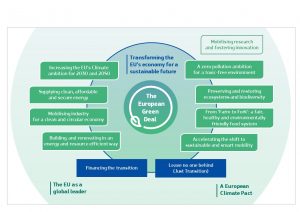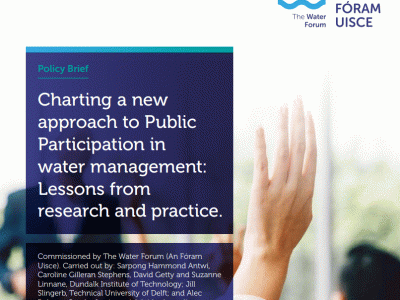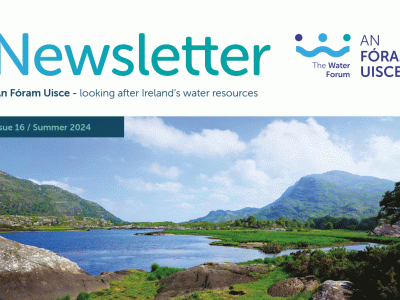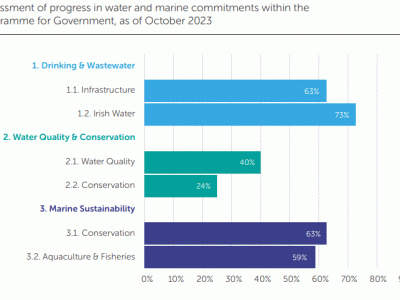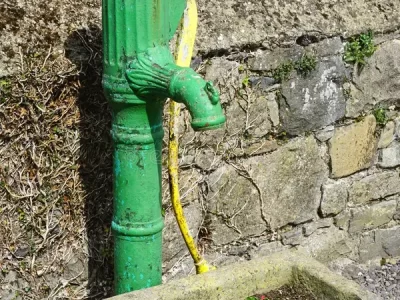EU Biodiversity Strategy – bringing nature back into our lives
The European Commission launched the EU Biodiversity Strategy for 2030 this week. It aims to put Europe’s biodiversity on a path to recovery by 2030 which will benefit people, climate and the planet. The Strategy seeks to build societies’ resilience to threats such as climate change impacts, food insecurity and degradation of biodiversity and natural resources.
Specific commitments and actions include:
- At least 30% of EU’s land and 30% of EU’s seas to be effectively managed as protected areas – this will build on existing Natura 2000 areas of high biodiversity and climate value
- Restore degraded ecosystems and stop any further damage to nature – address the key drivers of biodiversity loss
- Restore at least 25,000 km of EU’s rivers to be free flowing – removal of barriers
- Reduce the use and risk of pesticides by at least 50%
- Reverse the decline in pollinators
- Establish biodiversity rich landscape features on at least 10% of farmland
- Manage 25% of agricultural land under organic farming and promote the uptake of agro-ecological farming practices
- Plant over 3 billion diverse, biodiversity rich trees
- Tackle bycatch and seabed damage
Underpinning these actions there will be a set of measures to enable the necessary transformative change by setting up new, strengthened governance framework to ensure better implementation and to track progress, improve knowledge, and to better respect nature in pubic and business decisions.
EUR 20 billion a year will be unlocked for nature, encouraging businesses, public authorities, cities and local authorities to include biodiversity concerns in their decision-making.
With this strategy Europe aims to lead the world in the net-gain principle, to give nature back more than it takes. Protecting and restoring nature will need more than regulation alone. It will require action by citizens, businesses, social partners and the research and knowledge community, as well as strong partnerships between local, regional, national and European level.
Each member State will have to do its fair share of the effort. This means reducing pressures on habitats and species, and ensuring all use of ecosystems is sustainable. It also means supporting the recovery of nature, limiting soil sealing and urban sprawl, tackling pollution and invasive alien species and restoring rivers and aquatic habitats.
